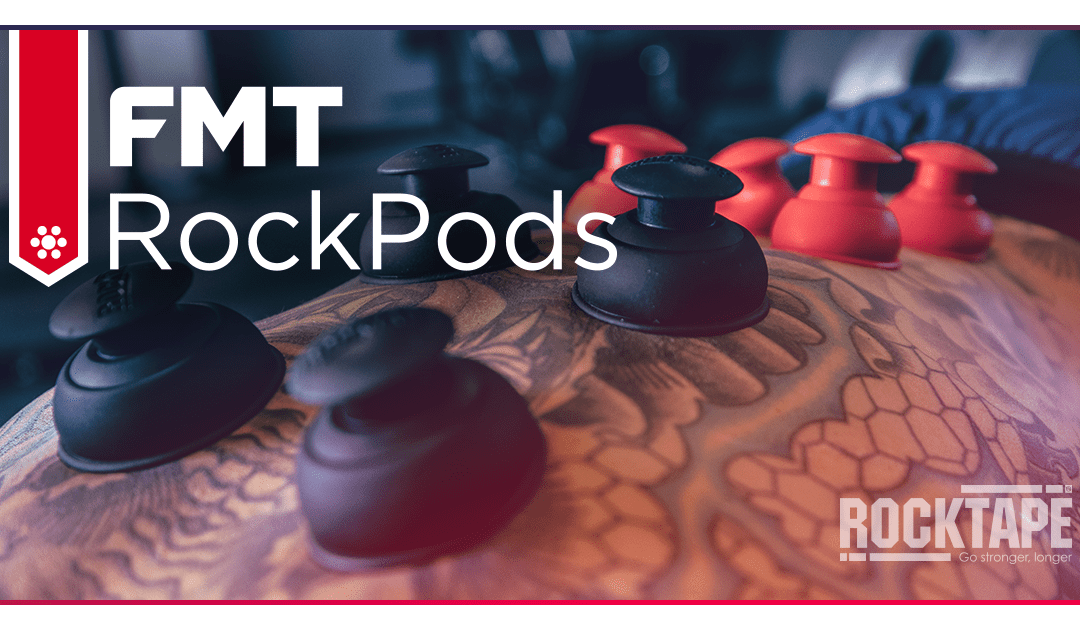Cupping practitioners often claim that cupping improves blood flow and refer to the circular reddening of the skin as clear evidence for this. We can learn more about blood flow within the microenvironment of the vacuum from a fascinating photoacoustic imaging study on the ear of a mouse. I do not think the mouse was harmed during this experiment and if you are wondering why a mouse had to be used in the first place, it was due to the thinness of the mouses ear which allowed the monitoring system to detect the changes in blood flow following the application of a low level vacuum for 5 minutes.
The results were clear to see, compared to the pre-cupping images the post cupping images showed 64% more blood vessels. More blood was also seen in the existing blood vessels, represented by a higher intensity image (figure 1). However, this increased blood is reported to be congested within the vacuum and cannot therefore be described in such simple terms as faster blood flow. The imaging also showed a patch of blood perfusion from the capillaries that causes the typical presentation of superficial ecchymosis witnessed after cupping treatment.
Vascular content of the mouse ear pre and post cupping. (a) pre-cupping (b) post-cupping (c) pre-cupping magnified (d) post-cupping magnified with arrow labelling perfusion.
Figure 1 Image reference: Zhou, Y., Cao, F., Li, H., Huang, X., Wei, D., Wang, L. and Lai, P., 2020. Photoacoustic imaging of microenvironmental changes in facial cupping therapy. Biomedical Optics Express, 11(5), pp.2394-2401.
The extent of these changes is probably linked to vacuum intensity and duration and therefore it may be reasonable to assume that a therapeutic optimum may exist in terms of vacuum intensity and vacuum duration. There is not enough evidence in existence to map such a sweet spot but there is evidence of the harm caused by excessive and prolonged vacuum cupping, indicating that a minimal dose approach is the best way to start.
The minimum dose concept is one of the defining principles of our RockPods cupping course. Designed to teach you the safe and effective use of pods for myofascial cupping in a modern manual therapy context.
Open Access Reference: Zhou, Y., Cao, F., Li, H., Huang, X., Wei, D., Wang, L. and Lai, P., 2020. Photoacoustic imaging of microenvironmental changes in facial cupping therapy. Biomedical Optics Express, 11(5), pp.2394-2401.

